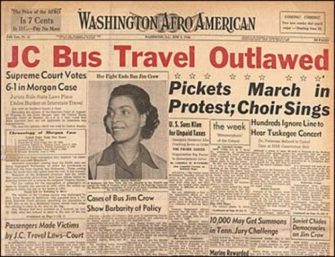
Washington Afro-American cover with Irene Morgan.
On June 3, 1946, the Supreme Court of the United States ruled against Jim Crow segregation on interstate commerce in Morgan v. Commonwealth of Virginia. The case began on July 16, 1944, when Irene Morgan boarded a Greyhound bus in Virginia for a 5-hour bus ride to her doctor. She sat in the “Colored Section.”
When a young white couple boarded the crowded bus and needed seats, the white driver told Morgan to surrender her seat. Morgan refused.
The driver drove to the jail where the sheriff’s deputy came aboard. He handed Morgan an arrest warrant. She tore it and tossed it out the bus window. When one of the officers swore at her and tried to physically remove her from the bus, she kicked him.
Read what happened next at Irene Morgan v. Commonwealth of Virginia at Ferris State University.
Morgan’s case led to the Journey of Reconciliation (Freedom Rides) in 1947, described in the New Hampshire Public Television documentary, You Don’t Have to Ride Jim Crow by Robin Washington. See excerpt below.
For a related primary document, see the NAACP fund appeal for the Supreme Court case.
The struggle for the desegregation of transportation has a long history in the United States. Learn more about other transportation protests from 1841 – 1992.

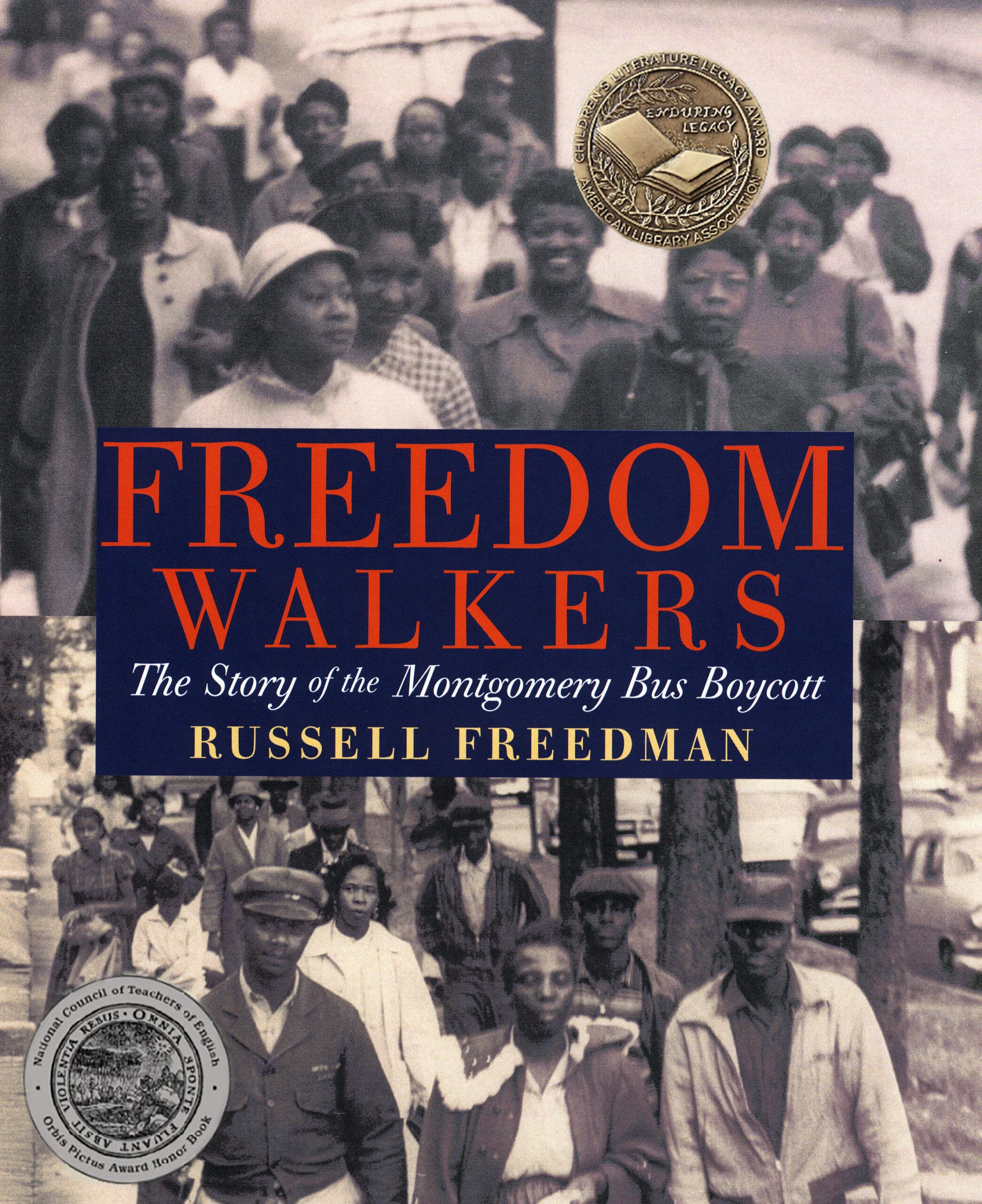
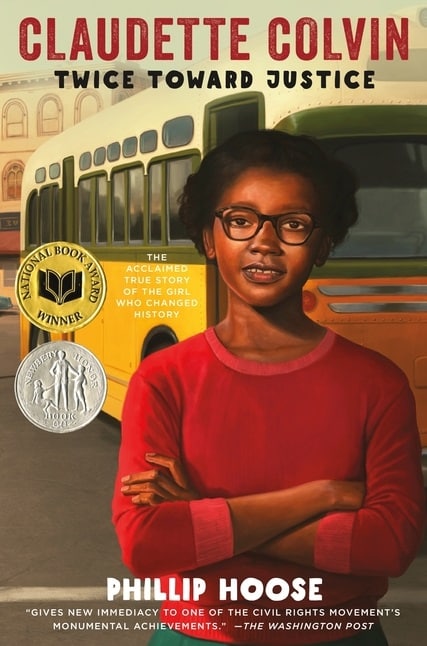
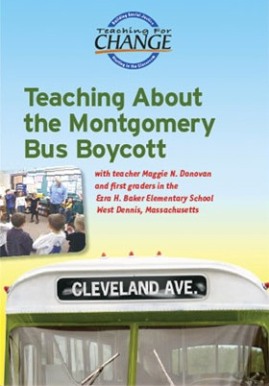
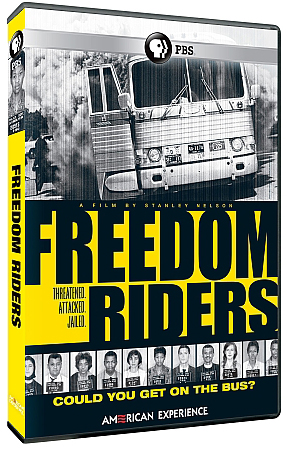
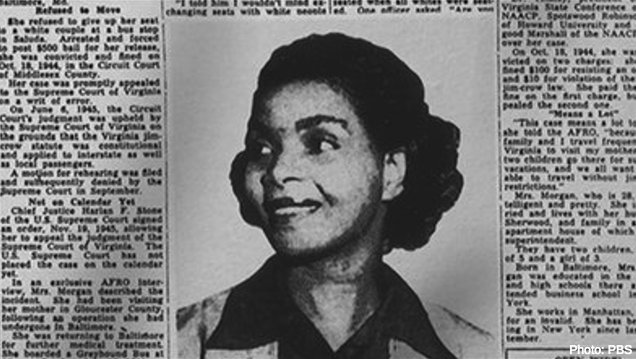
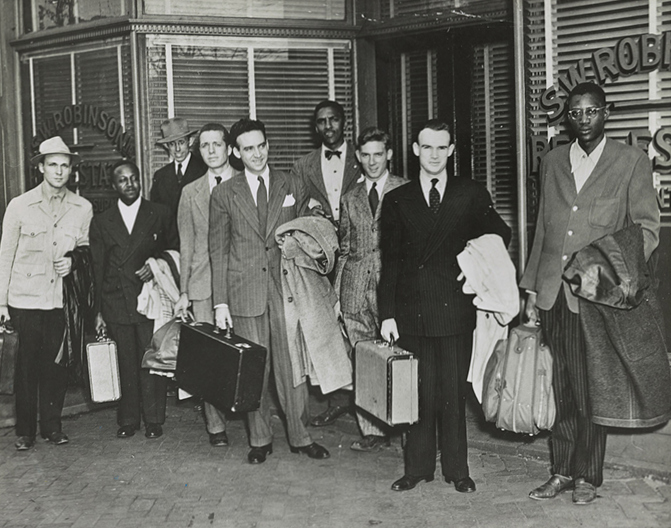






Twitter
Google plus
LinkedIn